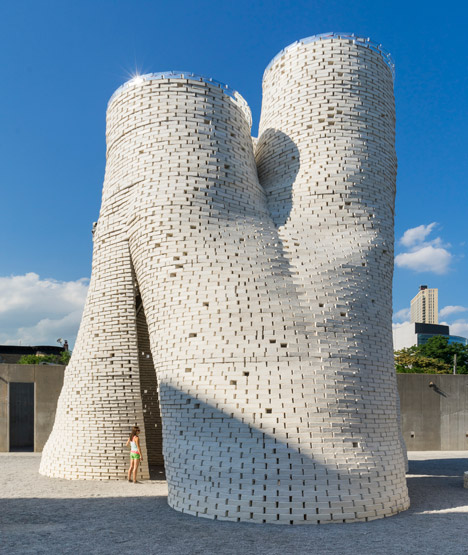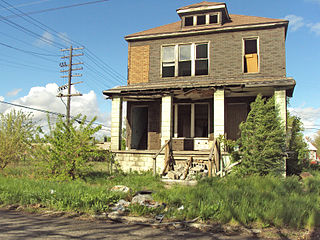Architectural Design and the Necessity of Research
"Wait...he wants me to do what??! Research? I'm in architecture class. I thought we just drew in here. I just want to start designing my project."
No student of mine has ever said this out loud, but I'm sure it has been thought many times. All throughout higher education and my professional career, I have understood and embraced the power and importance of research in architecture. Now I have to pass this critical concept on to high school students to prepare them for a future in this profession. In order to accomplish this, I typically set up projects with a variety of elements and situations that are intentionally unfamiliar to my students.
This semester, my 2nd year class is designing shipping container houses for urban farms in central Detroit. The third year class is selecting the site for the project, master planning the neighborhood, and designing community structures to support the projects of the 2nd year class. Like I said...intentionally unfamiliar.

I concluded my introduction of this project as follows:
Me: "Alright, who in here is from or has lived in Detroit?"
Students: ..................................
Me: "Who in here is an experienced urban farmer?
Students: ..................................
Me: "OK. Anybody currently living in a house made from shipping containers?"
Students: ..................................
Me: "So as architects, how to we address a project like this? How do we start?"
Students: "Umm...Research?"
In previous semesters, I have seen students go through the motions of what I have asked them to do at the beginning of a project. They dutifully look up information, write facts down, put images on a poster, or post their findings to the class website. After about a week of work, they have amassed a fairly large collection of useful data that can be applied to their project and used to support a design solution. At this point, the pencil hits paper and all the research is jettisoned in a cloud of dust as they furiously scratch out the ideas that have been bouncing around in their heads over the previous week. It is difficult at this stage of an architectural education to teach students to look beyond the walls of a building and use information outside of architecture to drive a design -- but try I must.
Architecture requires flexibility. Architects are trained in design, and we should have the ability to create any type of building anywhere in the world. Architectural training even takes some people into related fields such as industrial design, video game design, and movie animation. How are architects able to achieve this level of flexibility?
Yes...research.
Research is so important to architecture and design thinking that many architecture firms have established their own in-house research groups to address the variety of challenges within the profession:
Office of Metropolitan Architecture and research group AMO
Rafael Vinoly
Kieran Timberlake
Research is the way we figure out the best way to arrange the spaces for a specific building type.
It's how we make the most appropriate material selections and the best way to assemble them.

It's also the tool with which we shape our future.

Research is how architecture becomes more user friendly, more sustainable, and more valuable to our lives.

It's also how 10 high school students figure out the best designs for an urban farm community in the heart of Detroit. Click here to see our ongoing research that is being posted on the studio website. Feel free to check out the students' findings and leave a comment, word of encouragement, or even your own bit of research you would like to contribute.
Architecture requires flexibility. Architects are trained in design, and we should have the ability to create any type of building anywhere in the world. Architectural training even takes some people into related fields such as industrial design, video game design, and movie animation. How are architects able to achieve this level of flexibility?
Yes...research.
Research is so important to architecture and design thinking that many architecture firms have established their own in-house research groups to address the variety of challenges within the profession:
Office of Metropolitan Architecture and research group AMO
Rafael Vinoly
Kieran Timberlake
Research is the way we figure out the best way to arrange the spaces for a specific building type.
It's how we make the most appropriate material selections and the best way to assemble them.

It's also the tool with which we shape our future.

Research is how architecture becomes more user friendly, more sustainable, and more valuable to our lives.

It's also how 10 high school students figure out the best designs for an urban farm community in the heart of Detroit. Click here to see our ongoing research that is being posted on the studio website. Feel free to check out the students' findings and leave a comment, word of encouragement, or even your own bit of research you would like to contribute.



i like it
ReplyDelete